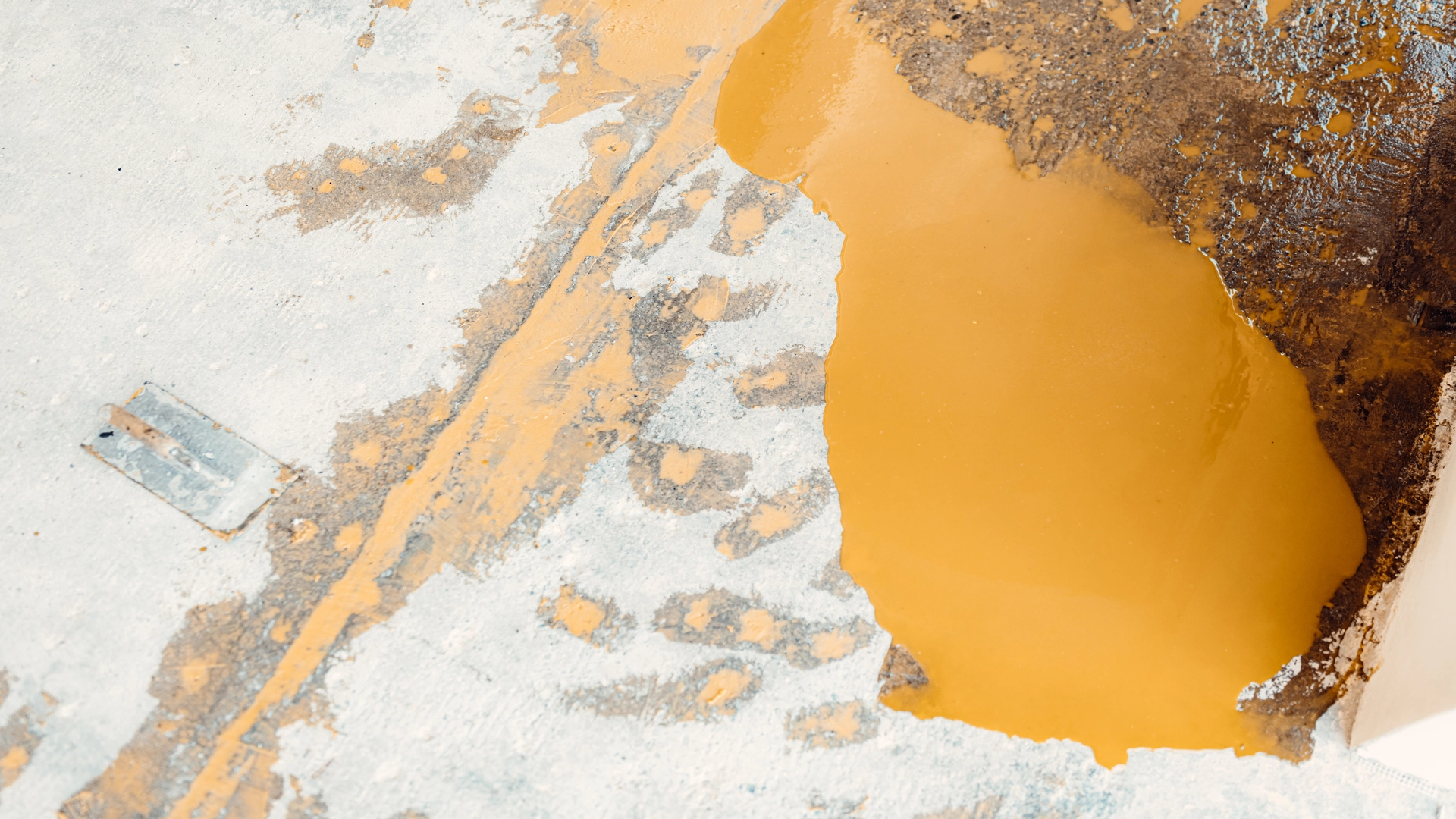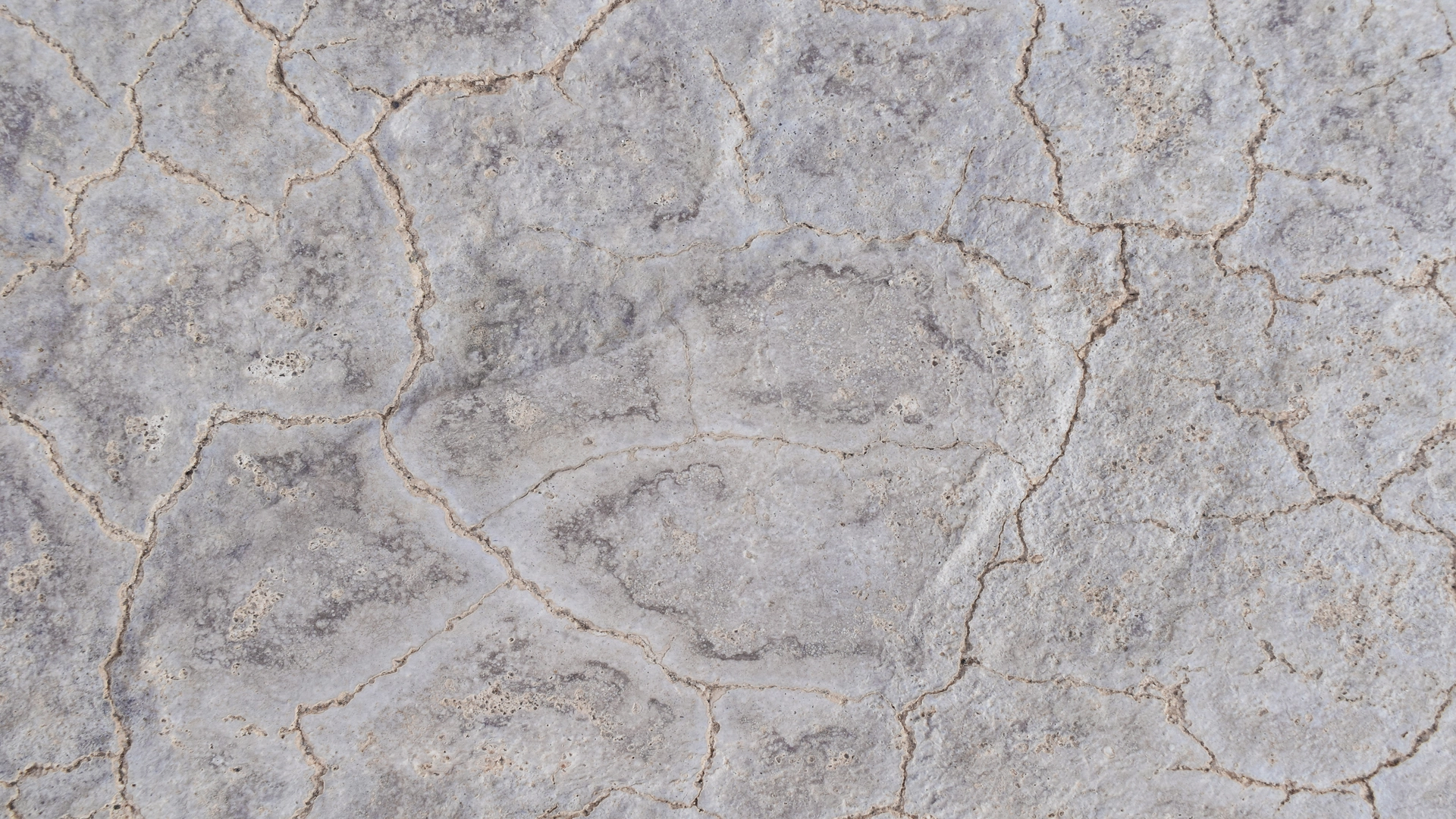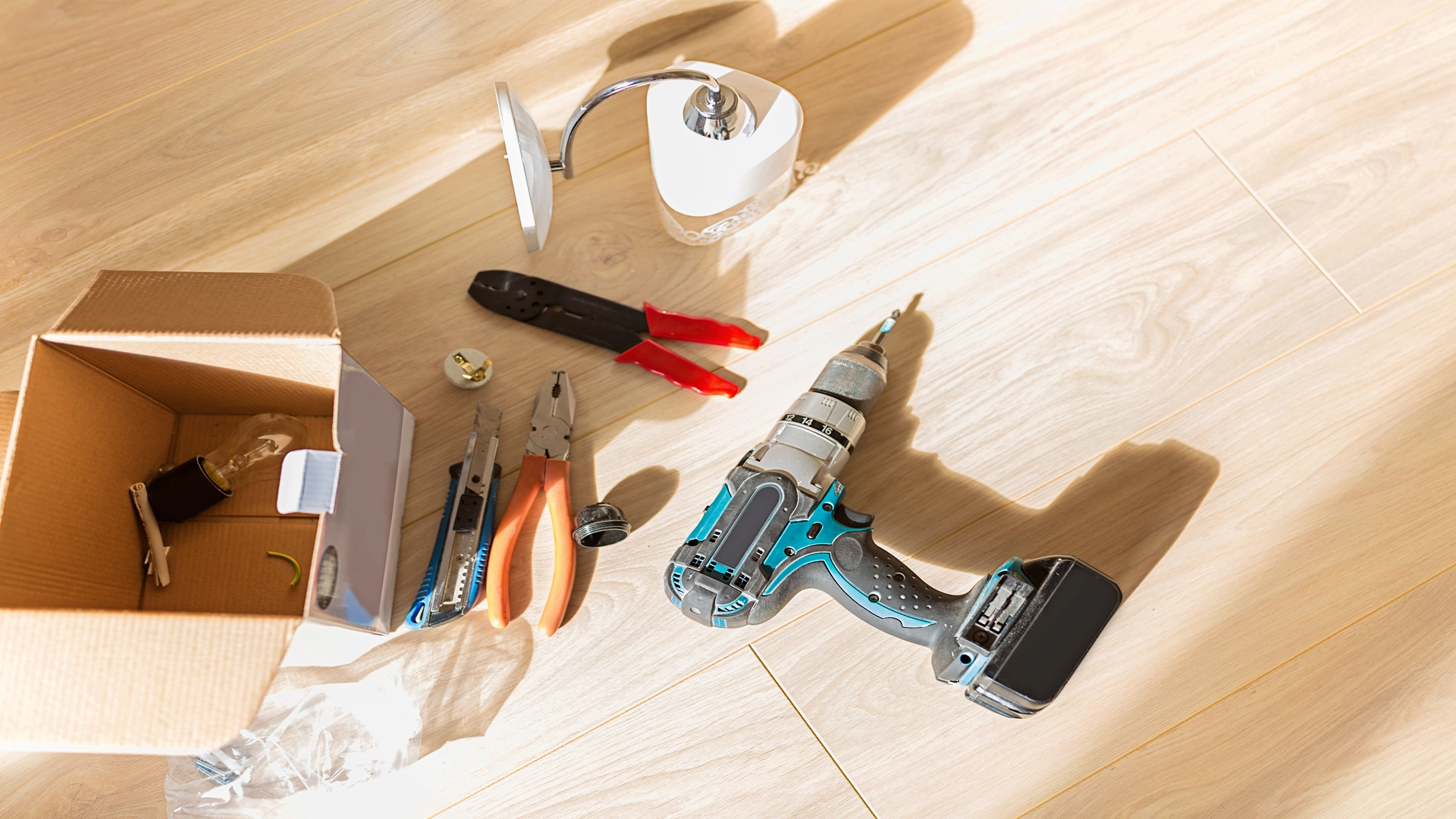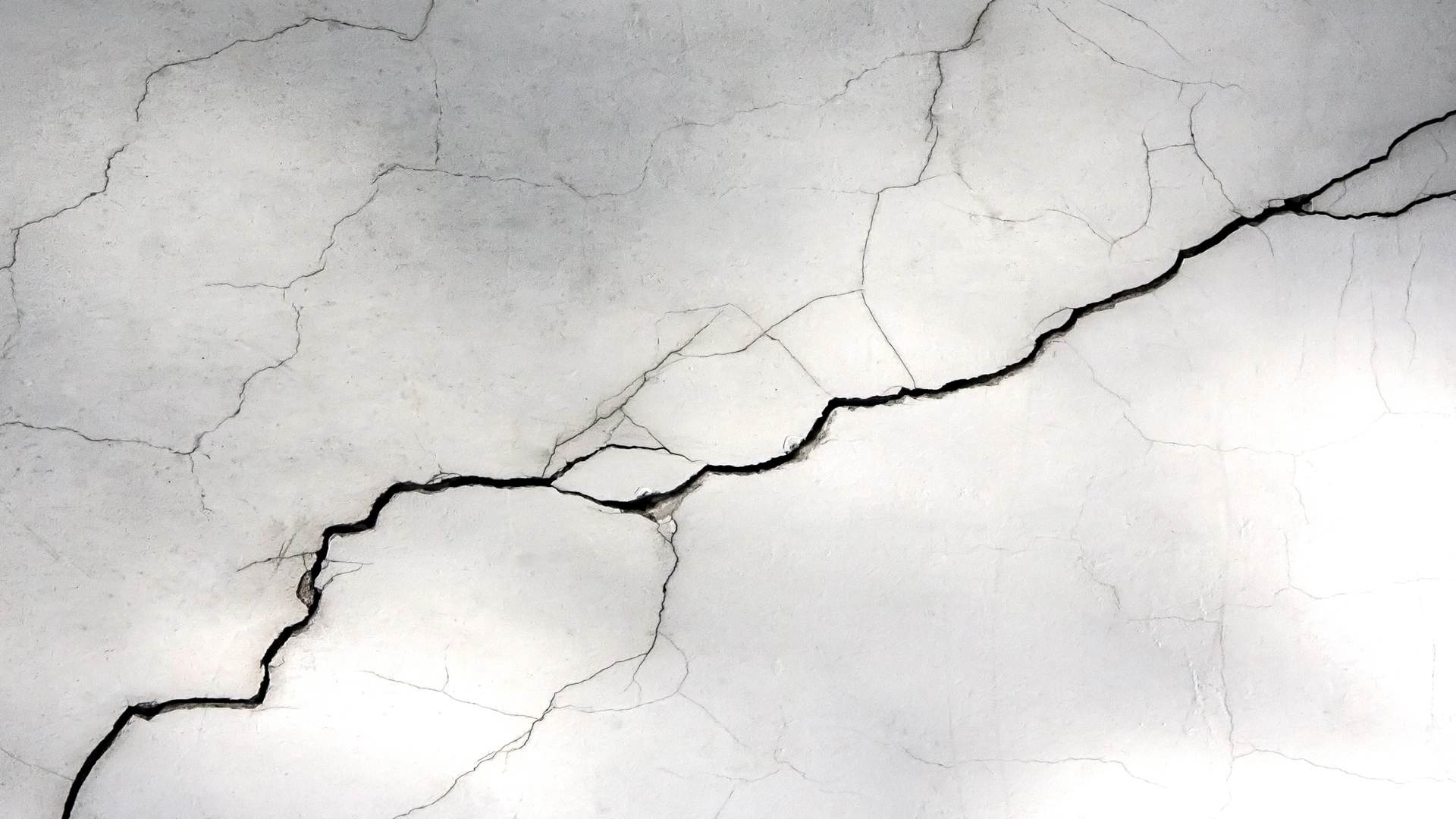Cracks in basement floor can be more than just an eyesore; they can lead to water seepage, structural issues, and even mold problems. But fear not, intrepid DIYer! In this comprehensive guide, we’ll walk you through the process of filling those pesky cracks in your basement floor without breaking the bank. From understanding the root causes of the cracks to choosing the right materials and executing the repair, we’ve got you covered.
Understanding the Enemy: Why Do Cracks Appear?
Dealing with cracks in the basement floor is a common problem for people who like fixing things around the house. To fix these cracks without spending too much money, it’s important to first understand why they show up. Think of it like figuring out why an enemy is causing trouble! Cracks can happen because of different things like the ground settling, water getting in, or just the natural way concrete hardens.

Once we know what’s causing the cracks, we can use affordable ways to fill them up. Understanding these reasons helps us make a plan to fix our basement floor cracks in a way that fits our home’s needs. With this knowledge, we can take a budget-friendly and proactive approach to keep our home’s foundation strong and secure. So, let’s get ready to tackle those cracks in the basement floor and make our homes better!
A: Soil Settlement
When you’re fixing cracks in your basement floor on a tight budget, it’s crucial to think about something called soil settlement. Soil settlement is when the ground under your house slowly sinks or moves, causing cracks in the basement floor. To tackle this problem without breaking the bank, it’s important to figure out why the soil is settling and then take smart steps to fix it. Start by checking what kind of soil is around your house because different soils react differently to water and changes in the weather.
Use affordable materials like epoxy or polyurethane sealants to fill up those cracks in the basement floor. These sealants are not only budget-friendly but also make a strong barrier to stop more damage. Also, think about adding more dirt around your house’s foundation to help deal with the settling. By following these simple steps, you can easily handle soil settlement and fix the cracks in your basement floor without spending too much money. It’s a practical and smart way to make sure your home stays in good shape.
B: Water Woes
Fixing cracks in your basement floor on a budget can be tricky, and it’s important to watch out for water issues. When your basement floor has cracks, it can let water in, which is not good news. Water getting in can mess up the foundation and things you store there. Plus, it makes a nice home for mold, and that’s not good for your health or your wallet when it comes to fixing things.
To avoid these water problems, you need to take care of those cracks as soon as possible. There are some budget-friendly ways to do it, like using special glue or sealers. But which one you choose depends on how bad the cracks are. If you keep an eye on things and fix the cracks early, you can save yourself from bigger water problems later on. So, when you decide to fix those cracks on your own, remember that it’s crucial to know about the potential water problems and do the right things to keep your home safe.
Assessing the Damage: DIY Crack Inspection
Checking for cracks in your basement floor on a budget? Let’s start by taking a good look at those cracks. Get up close and personal, using a flashlight to shine some light on the situation. See any hidden cracks? Note down how big and deep they are. If you spot moisture or mold around the cracks, that’s a clue that something might be going on beneath the surface.

Now, let’s figure out why these cracks showed up in the first place – maybe it’s the ground settling or water causing trouble. Take a closer look at those tiny cracks with a magnifying glass if needed. Remember, understanding how bad things are is crucial for fixing them right. This checkup isn’t just about fixing cracks; it’s about stopping problems from getting worse. So, take your time and let’s get things in good shape!
A: Surface Cracks vs. Structural Cracks
When you spot cracks in your basement floor, it’s crucial to know if they’re just on the surface or if they go deeper. Surface cracks are like minor scratches, usually just on the top layer of the floor. They happen because of things like the floor shrinking a bit or moving a tiny bit. These cracks are more about looks and can be fixed with simple do-it-yourself solutions, especially if you’re watching your budget. Now, when it comes to structural cracks, those are a bit more serious.
They dig deeper into the floor and might mean there are bigger issues with the foundation of your home. It’s super important to tell the difference because trying to fix serious problems without getting help from a professional can make things worse. For those surface cracks, you can choose easy and affordable do-it-yourself methods to fill them up and make your basement floor look good again. But if you think there might be bigger problems, it’s smart to talk to a professional. They can figure out what’s causing the cracks and make sure your home stays strong and safe for a long time.
B: Tools of the Trade
When fixing up your basement floor on a budget, having the right tools can really make a big difference, especially when dealing with those annoying cracks in the foundation. To start off, you’ll need some basic tools like a strong chisel, putty knife, and wire brush to clean up the mess and get the cracked surface ready. Moving on to the actual repairs, a handy and affordable tool to have is latex concrete caulk, which works like a superhero to fill up and seal those gaps.
And don’t forget about the trusty sidekick, a tube of concrete patch, which smoothens out any imperfections with no fuss. With these tools in hand, you can transform your basement floor without spending a ton. This DIY adventure not only saves you money but also gives you the power to strengthen your home’s foundation with minimal stress. So, let’s jump into the world of DIY and tackle those cracks in the basement floor with confidence and without breaking the bank.
Budget-Friendly Materials: What You’ll Need
Fixing cracks in your basement floor doesn’t have to be fancy or expensive. If you’re looking to tackle this problem on a budget, here’s what you’ll need. First off, grab some concrete patch or filler from your local hardware store. It’s not only cheap but also super easy to use, perfect for those who aren’t DIY pros. Get yourself a putty knife too – it’ll help you apply the filler precisely for a smooth finish. To make sure those cracks don’t come back, think about picking up a good concrete sealer that won’t hurt your wallet. With these affordable materials, you can handle those pesky cracks in your basement floor without blowing your budget.
A: Concrete Patching Compound
If you’re trying to fix the cracks in your basement floor without spending too much money, a great option is a Concrete Patching Compound. This stuff is like a superhero for your floor—it helps fill those gaps and makes them disappear. It’s not only budget-friendly but also super easy to use, perfect for folks who like doing things themselves.
This magic compound sticks really well to the cracks, creating a strong and long-lasting patch. It’s not just about looks; it also makes sure your floor stays strong and doesn’t get more damaged. So, if you want to give your basement a makeover without spending a ton, think about using this DIY-friendly solution to smoothly fill and strengthen those cracks in your basement floor. It’s like giving your floor a high-five!
B: Crack Injection Kits
Got annoying cracks in your basement floor? No worries! You can fix them up without spending a ton of money. Crack injection kits are like superhero helpers for DIY enthusiasts. These kits are simple to use and won’t make your head spin with complicated instructions. Whether you’re a DIY pro or just starting out, these kits have your back.

The coolest part? They don’t just cover up the cracks—they actually stop them from getting worse. And guess what? They won’t burn a hole in your pocket! These kits are budget-friendly, perfect for folks who want to show their basement floor some love without breaking the bank. So, if you’re ready to take charge and fix those cracks, grab a crack injection kit. Your basement will thank you!
The Art of DIY Basement Floor Repair
Exploring the world of fixing your basement floor on your own can feel super cool and save you some money, especially when you’re dealing with those annoying cracks in the basement floor. Let’s break down the process to make it super easy. First off, start by cleaning up the cracked area real good—sweep away any junk or loose stuff hanging around. Now, onto the fun part! Grab a special concrete goo (we call it a patching compound) and use it to fill up those cracks. Smooth it out nice and even so it looks awesome.
But wait, there’s more! After you’re done patching things up, throw on a concrete sealer. It’s like a superhero shield that protects your floor from more cracks in the future. This not only keeps your floor strong but also makes it look pretty snazzy. So, to sum it up, fixing cracks in your basement floor is totally doable and won’t hurt your wallet. It’s like a budget-friendly magic trick that keeps your floor happy for a long, long time. Cool, huh?
FAQ Section
Can I ignore small cracks in my basement floor?
Ignoring small cracks in your basement floor is not recommended. Even though they may seem minor, they can potentially lead to more significant problems over time. Small cracks can allow water to seep into your basement, leading to issues like mold growth and damage to the foundation. It’s advisable to address these cracks early on to prevent them from becoming larger and causing more extensive damage. Regular maintenance and prompt repairs can help ensure the long-term stability and safety of your home.
How long does the DIY repair typically last?
The DIY repair usually lasts as long as the quality of the fix and the materials used. If done well, it can last a long time, but if not, it might not hold up as effectively.
Is it necessary to hire a professional for large cracks?
Yes, it’s a good idea to hire a professional for large cracks. Professionals have the skills and experience to assess the severity of the damage and properly fix it. Large cracks may indicate structural issues, and a professional can ensure the repairs are done correctly to prevent further problems. Trying to fix significant damage without expertise could lead to ineffective repairs and potential safety concerns.
Can I use any filler material for basement floor cracks?
Yes, you can use certain filler materials for basement floor cracks. It’s important to use a filler specifically designed for concrete or basement repairs. Look for products labeled as concrete crack fillers or sealants at your local hardware store. Avoid using generic materials that may not adhere well or provide the necessary durability for basement floors. Always follow the product instructions for the best results.
Are there preventive measures to avoid future cracks?
To stop things from cracking in the future, do these:
1. Look Around Often: Keep checking to see if anything is starting to crack.
2. Keep Things Not Too Wet or Too Dry: Too much or too little water can make stuff crack, so try to keep it just right.
3. Fix Small Cracks Quickly: If you see tiny cracks, fix them fast before they get bigger.
4. Use Good Stuff: When you build or fix things, use good materials that don’t easily crack.
5. Build Things Right from the Bottom: Make sure the base of things is strong so they don’t sink or crack.
6. Keep Temperatures steady: Big changes in heat or cold can make things crack, so try to keep the temperature kind of the same.
Doing these things helps stop cracks and keeps everything in good shape!
Conclusion
Armed with knowledge, budget-friendly materials, and a can-do attitude, you’re now ready to tackle those basement floor cracks head-on. Remember, a DIY approach not only saves you money but also empowers you to take control of your home’s maintenance. So, gear up, get your hands dirty, and revel in the satisfaction of a job well done.
